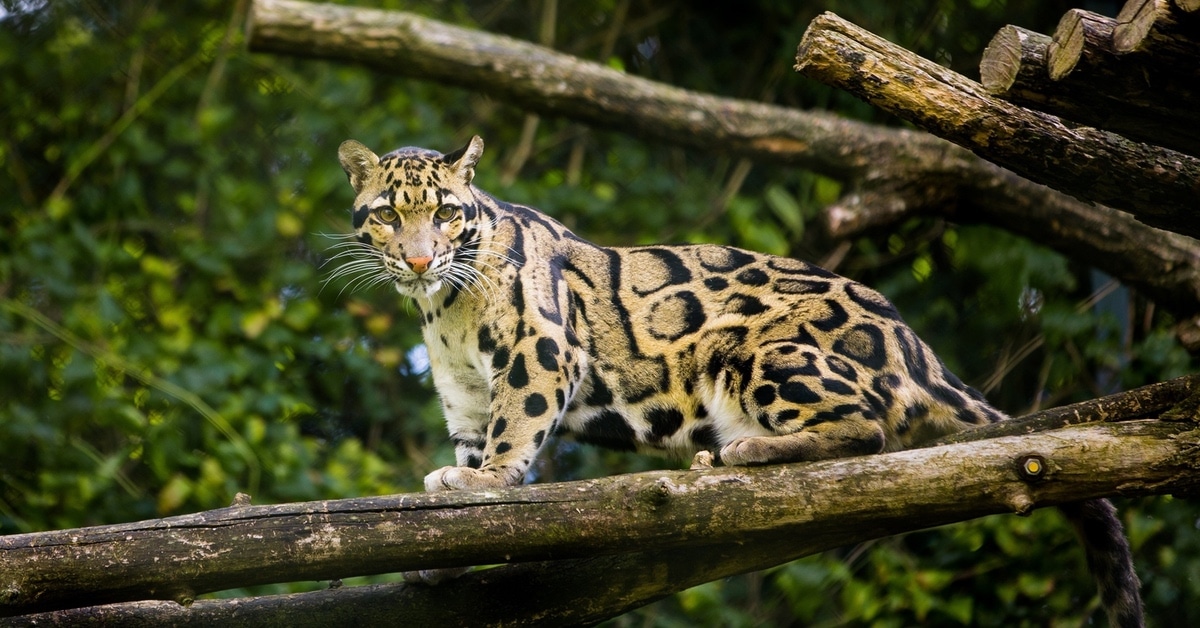
Extinction is a natural process that occurs when a species no longer exists on Earth. However, human activities have greatly accelerated the rate of extinction, with species disappearing at an alarming rate. It’s important to discuss extinction and its causes to help prevent further loss of biodiversity. In the last 20 years, several species have gone extinct due to human impact, habitat loss, and climate change. In this article, we will discuss 10 animals that have gone extinct in the last 20 years and the implications of their extinction.
The extinction of these animals is a tragic loss for the planet and highlights the urgent need for conservation efforts to protect endangered species. In the following sections, we will explore the causes of extinction and the implications of these losses on ecosystems and biodiversity.
There are several factors that contribute to the extinction of species, including natural disasters, disease, and competition with other species. However, the main causes of extinction in the last century have been driven by human activities. Habitat loss, climate change, pollution, and overexploitation are just a few of the ways that humans have negatively impacted biodiversity.
Habitat loss is one of the leading causes of extinction, as human activities such as deforestation, urbanization, and agriculture have destroyed or fragmented natural habitats. When habitats are destroyed, species lose their homes and sources of food and water, making it difficult or impossible for them to survive.
Climate change is another major factor contributing to extinction. Rising temperatures and changing weather patterns can alter ecosystems and disrupt the natural cycles of species. This can cause food shortages, migration problems, and changes in breeding habits, all of which can lead to population declines and ultimately extinction.
Pollution is also a major cause of extinction. Chemicals, plastics, and other forms of pollution can contaminate water, soil, and air, affecting the health and survival of species. For example, the Baiji River Dolphin, which went extinct in 2006, was greatly impacted by the pollution and overfishing of the Yangtze River in China.
Overexploitation, such as hunting or fishing beyond sustainable levels, is another human-driven cause of extinction. The Caribbean Monk Seal, for example, was hunted for its oil and meat, leading to its eventual extinction.
These are just a few examples of the human-driven causes of extinction. It’s important to understand these factors in order to prevent further loss of biodiversity and protect endangered species.
The Pinta Island Tortoise, also known as the Abingdon Island Giant Tortoise, was a subspecies of the Galápagos tortoise that lived exclusively on Pinta Island. The last known individual, a male named Lonesome George, died in 2012. The extinction of this species is attributed to hunting by sailors and invasive species such as rats, which destroyed the tortoise’s habitat and food sources.

The Baiji River Dolphin, also known as the Yangtze River Dolphin, was a freshwater dolphin that was found only in the Yangtze River in China. The last confirmed sighting of the species was in 2002, and it was declared functionally extinct in 2006. The main causes of its extinction were habitat loss, pollution, and overfishing.
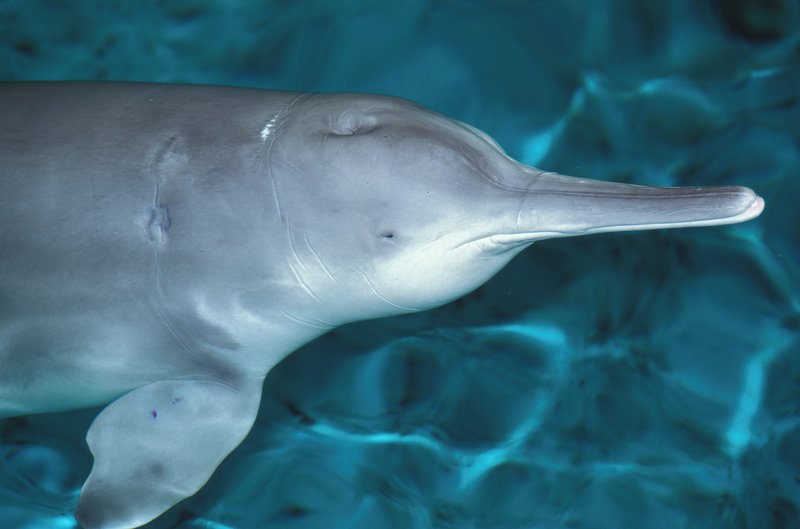
The West African Black Rhinoceros was a subspecies of the Black Rhinoceros that was once found in several countries in West Africa. The last known individual, a female named Nabire, died in 2015. The extinction of this species is attributed to poaching for its valuable horn, as well as habitat loss and political instability.
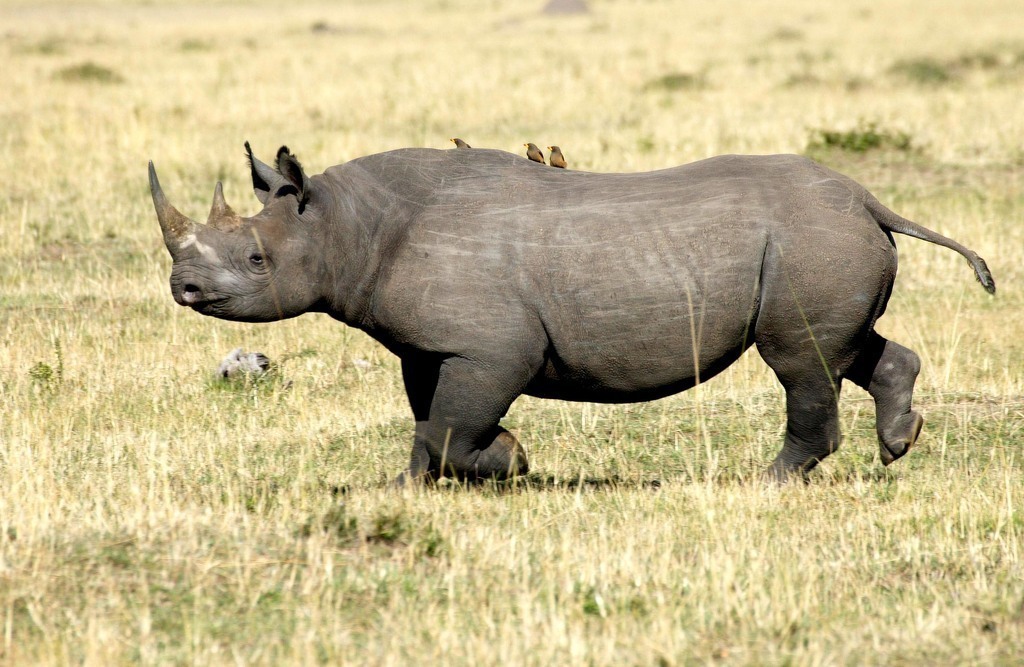
The Formosan Clouded Leopard was a subspecies of the Clouded Leopard that was once found only in Taiwan. The last confirmed sighting of the species was in 1989, and it was declared extinct in 2013. The main cause of its extinction was habitat loss due to deforestation and urbanization.

The Caribbean Monk Seal was a species of seal that was found in the Caribbean Sea and Gulf of Mexico. The last confirmed sighting of the species was in 1952, and it was declared extinct in 2008. The main causes of its extinction were overhunting for its oil and meat, as well as habitat destruction and disease.
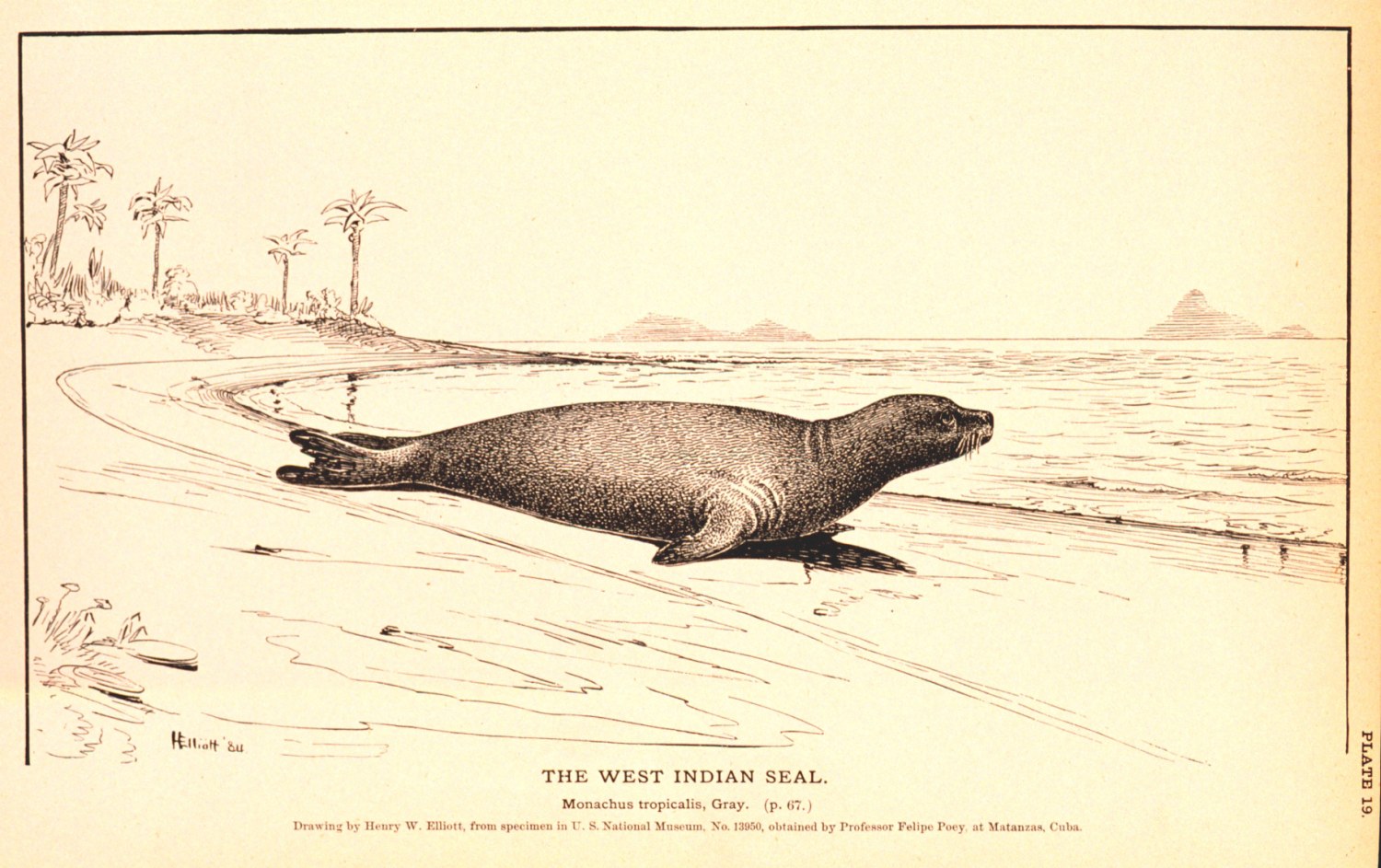
The Vietnamese Javan Rhino was a subspecies of the Javan Rhino that was once found in Vietnam and Cambodia. The last confirmed sighting of the species was in 2010, and it was declared extinct in 2011. The main cause of its extinction was hunting and habitat loss due to logging and development.
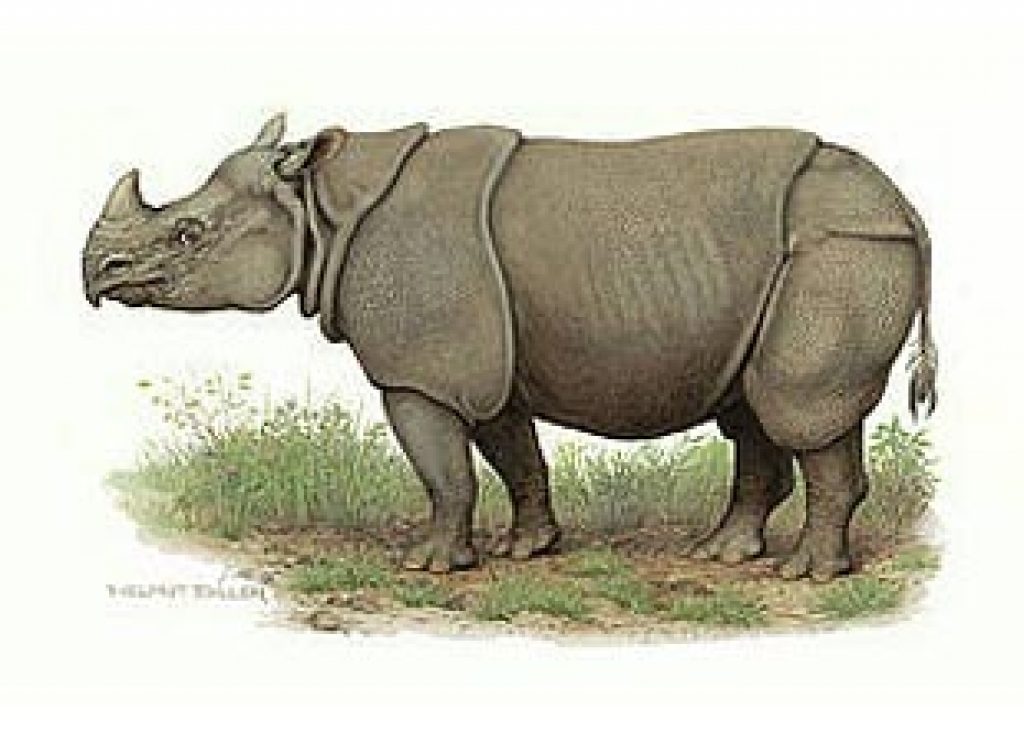
Spix’s Macaw, also known as the Little Blue Macaw, was a species of parrot that was found only in Brazil. The last known individual in the wild disappeared in 2000, and the species is now considered extinct in the wild. The main cause of its extinction was habitat loss and capture for the pet trade.
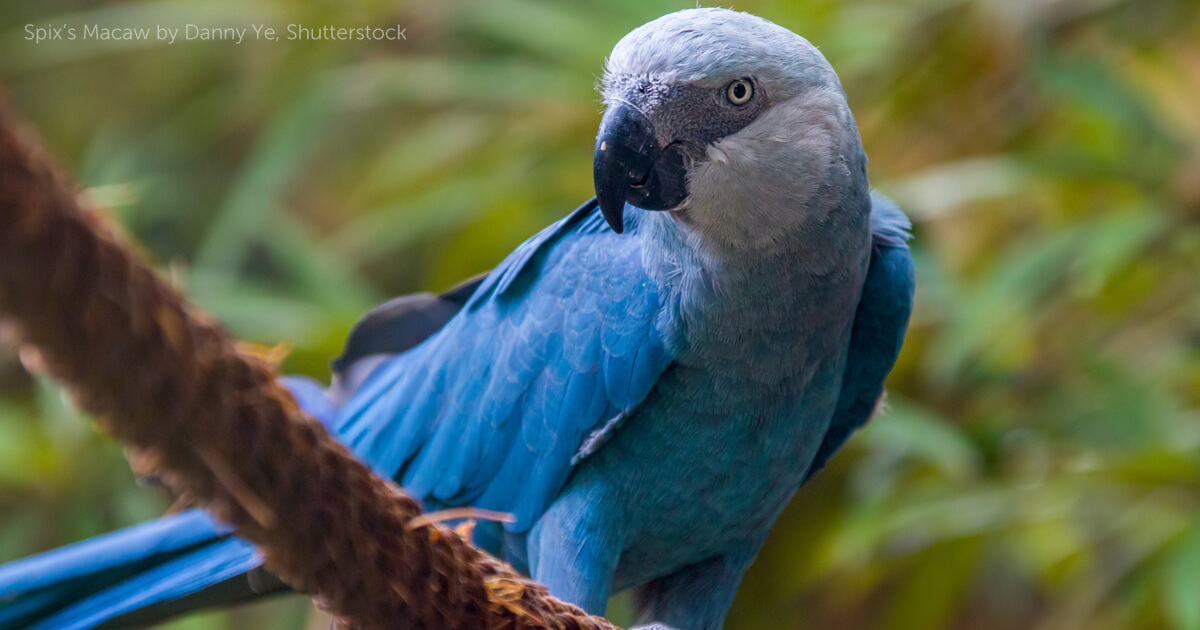
The Christmas Island Pipistrelle was a species of bat that was found only on Christmas Island, an Australian territory in the Indian Ocean. The last confirmed sighting of the species was in 2009, and it was declared extinct in 2017. The main cause of its extinction was habitat loss due to deforestation and the spread of invasive species.
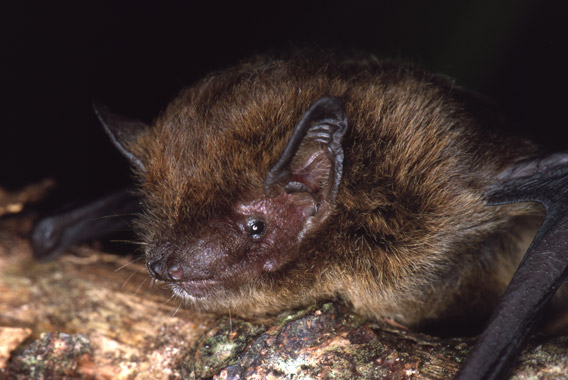
The Madagascar Pochard was a species of diving duck that was found only in Madagascar. The last confirmed sighting of the species was in 2006, and it was declared extinct in 2010. The main causes of its extinction were habitat loss due to agriculture and logging, as well as hunting and egg collection.
The Yangtze Giant Softshell Turtle was a freshwater turtle that was found only in the Yangtze River in China. The last known female of the species died in 2019, leaving only three known individuals left in the world. The main causes of its extinction are attributed to habitat loss, pollution, and overfishing.
These 10 animals are just a few examples of the many species that have gone extinct in the last 20 years. It’s important to remember and learn from their loss, and to take action to prevent further extinction and protect the biodiversity of our planet.

The loss of these 10 species and many others in recent years is a stark reminder of the importance of conservation efforts. Biodiversity is essential to the health and functioning of ecosystems, and the extinction of a species can have far-reaching consequences for other species and the environment as a whole.
Conservation efforts can take many forms, from protecting and restoring natural habitats to captive breeding and reintroduction programs. It’s also important to address the root causes of extinction, such as habitat loss and overexploitation, by promoting sustainable practices and reducing our impact on the environment.
Individuals can also play a role in conservation by supporting organizations and initiatives that protect endangered species and their habitats. This can include donating to conservation organizations, reducing our carbon footprint, and advocating for policies and practices that prioritize biodiversity and sustainability.
In the end, the fate of endangered species is in our hands. We have the power to make a difference and protect the biodiversity of our planet for generations to come.
The extinction of any species is a tragedy, and the loss of these 10 animals in the last 20 years is a reminder of the urgent need to protect our planet’s biodiversity. As individuals, we can take small steps to make a difference, but we also need collective action at the global level to address the root causes of extinction.
Conservation efforts must prioritize the protection and restoration of habitats, the reduction of human impact on the environment, and the promotion of sustainable practices. By working together, we can ensure a future where endangered species are thriving and our planet’s biodiversity is preserved.
It’s important to remember and honor the animals that have gone extinct in recent years, and to use their loss as motivation to do better and take action. We owe it to the countless species that share our planet to protect and preserve their existence, and to ensure a healthy and thriving ecosystem for generations to come.